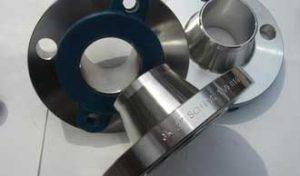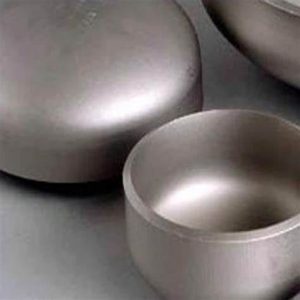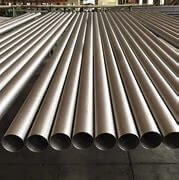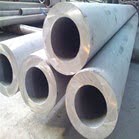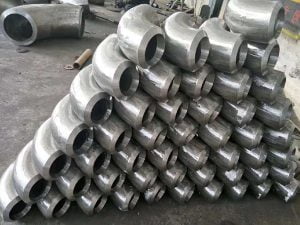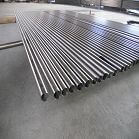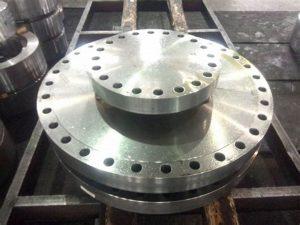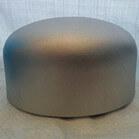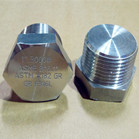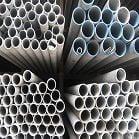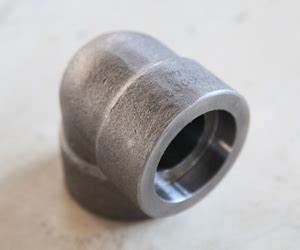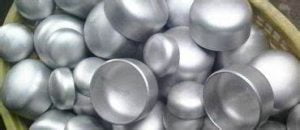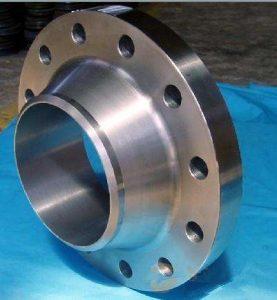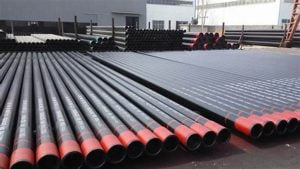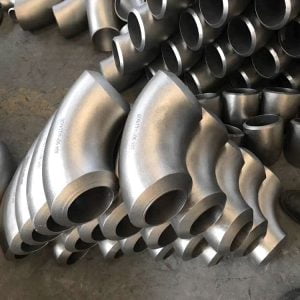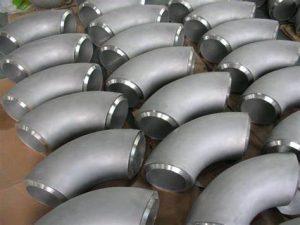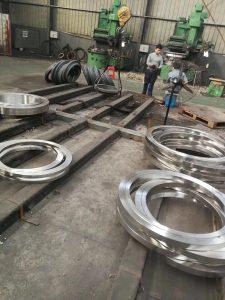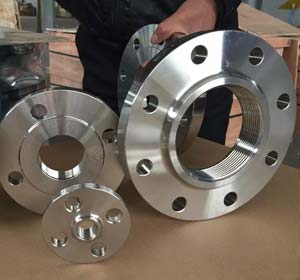what’s the din2605 bw fittings?
DIN 2605 is a German standard that specifies the dimensions and tolerances for seamless and welded steel butt-welding fittings. This standard covers a wide range of fittings, including elbows, tees, reducers, stub ends, and caps, that are used for pipelines and pressure vessels in various industries. Here are some key features of DIN 2605: 1. Material specification: DIN 2605 specifies the materials that can be used for the manufacture of butt-welding fittings, including carbon steel, stainless steel, and alloy steel. 2. Dimensions: The [...]
What are the best practices for welding 1.4845 stainless steel?
1.4845 is a grade of austenitic stainless steel, also known as AISI 310S or European EN 1.4845. It is a high-temperature grade of stainless steel that has excellent oxidation resistance and high strength at elevated temperatures. The chemical composition of 1.4845 stainless steel is as follows: - Carbon (C): 0.08% max - Silicon (Si): 1.50% max - Manganese (Mn): 2.00% max - Phosphorus (P): 0.045% max - Sulfur (S): 0.030% max - Chromium (Cr): 24.00 - 26.00% - Nickel (Ni): 19.00 - 22.00% [...]
What are applications of 1.4833 stainless steel?
1.4833 is a grade of austenitic stainless steel, also known as AISI 309S or European EN 1.4833. It is a high-temperature grade of stainless steel that has excellent oxidation resistance and high strength at elevated temperatures. The chemical composition of 1.4833 stainless steel is as follows: - Carbon (C): 0.08% max - Silicon (Si): 1.00% max - Manganese (Mn): 2.00% max - Phosphorus (P): 0.045% max - Sulfur (S): 0.015% max - Chromium (Cr): 22.00 - 24.00% - Nickel (Ni): 12.00 - 15.00% [...]
What are some common alloy steel materials used in the oil and gas industry?
Alloy steel fittings are commonly used in a variety of environments, including high-temperature and high-pressure applications. They offer superior strength, wear resistance, and corrosion resistance compared to other materials, making them a popular choice for many different industries. Some common environments where alloy steel fittings are used include: 1. Oil and gas industry: Alloy steel fittings are commonly used in the oil and gas industry for high-temperature and high-pressure applications, such as in pipelines, refineries, and offshore platforms. 2. Chemical processing: Alloy steel [...]
What are some factors that could make WP310H fittings unsuitable for certain applications?
WP310H is a grade of austenitic stainless steel that is commonly used in high-temperature and corrosive environments, such as in the chemical processing, oil and gas, and power generation industries. WP310H fittings are made from this material and are designed to be used with pipes, valves, and other equipment to create a secure, leak-proof connection. WP310H fittings offer several advantages over other materials, including: 1. High-temperature strength: WP310H has excellent high-temperature strength, making it ideal for use in applications where high temperatures are [...]
What are some other applications that SA 790 UNS S32760 is used in?
SA 790 UNS S32760 is a super duplex stainless steel that is commonly used in the oil and gas industry for applications that require high corrosion resistance, strength, and durability. It is also known by its trade name, Zeron 100. The chemical composition of SA 790 UNS S32760 is approximately 25% chromium, 7% nickel, 3.5% molybdenum, and 0.25% nitrogen, with small amounts of other elements such as copper and tungsten. The high chromium and molybdenum content of the alloy provides excellent resistance to [...]
How does the thickness of type B fittings compare to that of type A fittings?
The wall thickness of type B fittings is greater than that of type A fittings. The exact thickness of the wall of each fitting depends on the outside diameter of the pipe and the specified wall thickness of the pipe to which the fitting is to be welded. For type A fittings, the wall thickness is determined by the specified wall thickness of the pipe and the outside diameter of the pipe. The wall thickness of the fitting is the same as the [...]
What are the advantages of using A182 F51 steel over other materials?
A182 F51, also known as A182 2205 or Duplex 2205, is a specification for a type of duplex stainless steel material used for high-corrosion and high-stress applications. It contains a combination of austenitic and ferritic stainless steel, with a chemical composition that includes chromium, molybdenum, and nitrogen.The material is characterized by its excellent corrosion resistance, high strength, and good weldability, and it can withstand high temperatures and high pressures. It is widely used in various industries, including chemical processing, oil and gas, and [...]
What are the differences between the types of B366 fittings?
Alloy 600 (UNS N06600) is a nickel-chromium alloy that is commonly used in high-temperature applications, particularly in the chemical and petrochemical industries. B366 is a specification for wrought nickel and nickel alloy fittings used in various industries.The chemical composition of Alloy 600 includes nickel, chromium, iron, and small amounts of other elements such as manganese, silicon, and carbon. It offers excellent resistance to corrosion, oxidation, and high-temperature environments.B366 is a specification for wrought nickel and nickel alloy fittings that are commonly used in [...]
What are the advantages and disadvantages of using a socket-welding fitting?
Socket-welding fittings have several advantages and disadvantages, which are as follows:Advantages:1. High Strength: Socket-welding fittings provide high strength connections between pipes, making them suitable for high-pressure and high-temperature applications.2. Easy Installation: Socket-welding fittings are easy to install and require no special equipment or tools. They can be quickly assembled and disassembled for maintenance and repair.3. Good Flow Characteristics: Socket-welding fittings have smooth internal surfaces that provide good flow characteristics, reducing turbulence and pressure drop.4. Cost-effective: Socket-welding fittings are generally less expensive than flanged [...]

